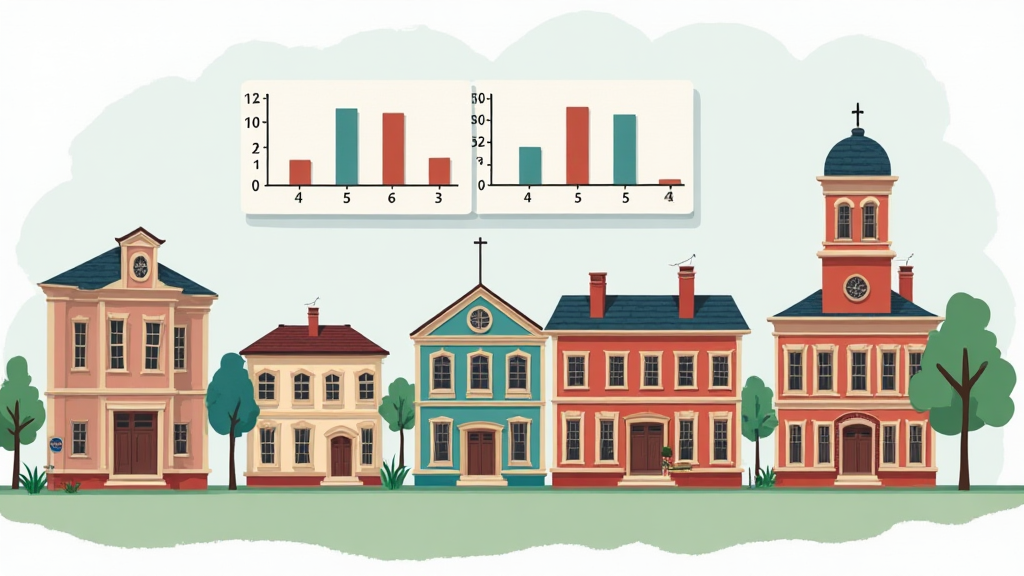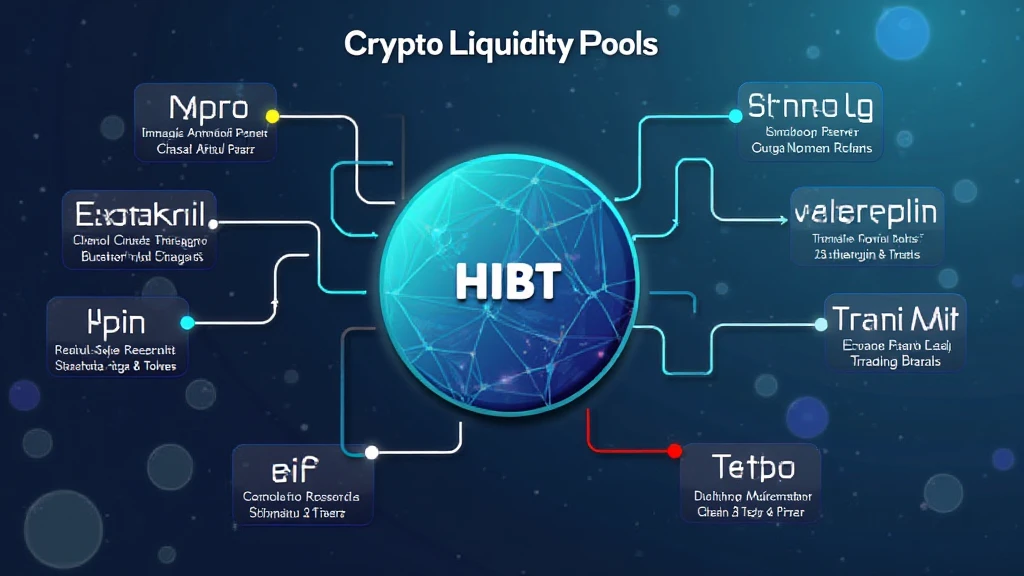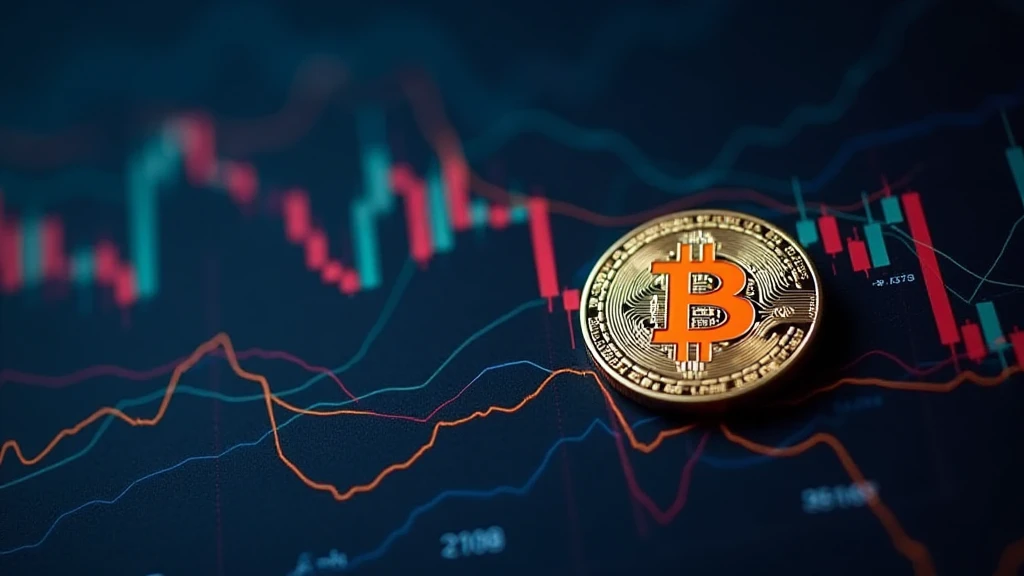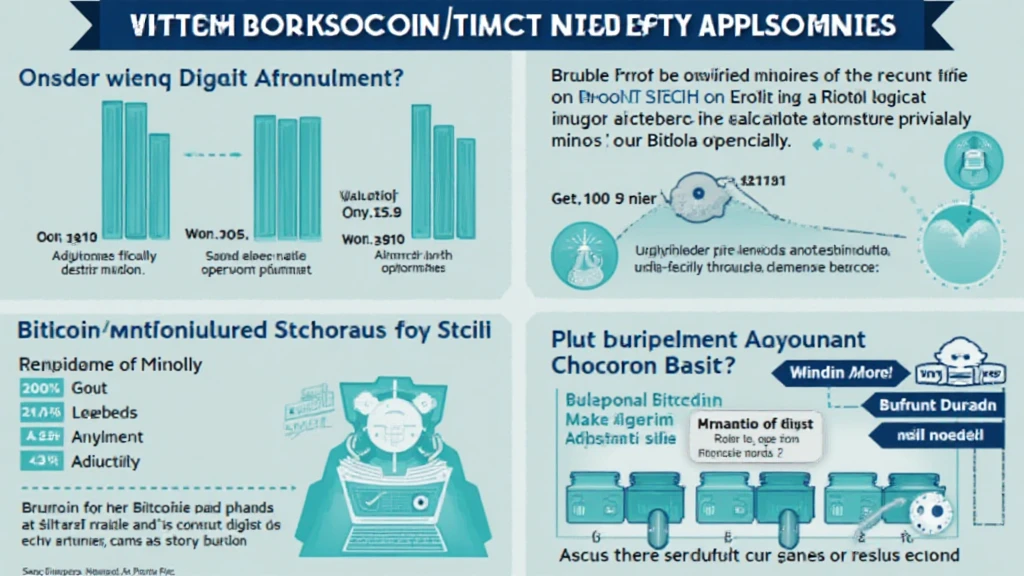Historical Preservation Property Valuation: An Insightful Approach
In recent years, the intersection of historical preservation and property valuation has gained significant attention among real estate investors. With a remarkable increase in interest in properties that contribute to the cultural heritage of communities, understanding the nuances of valuing historical properties is crucial. Historical preservation property valuation goes beyond mere appraisals; it encapsulates the essence of cultural identity, community legacy, and even sustainability.
But why has this become such an essential topic? By 2023, it was noted that over 70% of Americans believe that preserving historic buildings is vital for future generations. As such, a comprehensive grasp of the methodologies behind historical preservation property valuation has never been more relevant.
The Importance of Historical Preservation
The preservation of historical properties serves not only as a means to maintain the aesthetic and cultural identity of a community but also plays a vital role in economic development. Here are some of the key reasons why:

- Cultural Heritage: Historical properties often represent significant cultural narratives and architectural achievements.
- Economic Drivers: These properties can attract tourism, thus boosting local economies.
- Community Engagement: Preserving historical sites fosters a shared sense of community and belonging among residents.
Economic Incentives for Preservation
Investing in the preservation of historical properties can provide substantial economic benefits. Investors and property owners may access various funding opportunities, such as tax credits and grants for preservation efforts. For example, the federal Historic Rehabilitation Tax Credit can offer a 20% credit on the qualified rehabilitation expenses.
This financial support is crucial, especially as many historic sites require significant investment for maintenance and restoration. Moreover, properties in historic districts may command higher prices due to their unique status and the perceived value of historical significance.
Valuing Historical Properties
Valuing historical properties requires a different approach than standard property appraisals, incorporating various factors that influence their worth. By recognizing the unique characteristics of historic buildings, appraisers can more accurately assess their market value.
Factors Affecting Historical Property Valuation
- Historical Significance: The property’s role in history plays a paramount role in its valuation. Properties linked to significant events or individuals often hold a higher value.
- Architectural Style: The uniqueness of the architecture and its condition significantly influence the valuation. Authentic historic elements may drive up demand among preservationists.
- Location: The property’s location within a historically significant district can enhance its value due to the surrounding context.
- Market Demand: The demand for historical properties may fluctuate based on trends in the real estate market, impacting their valuation.
- Condition and Restoration Needs: The physical condition of the property and any required restoration work directly impact its worth.
The valuation process of historical properties typically involves comparative market analysis, taking into account recent sales of similar properties, as well as the specific attributes of the historic property being appraised. This methodology allows for a more nuanced understanding of the property’s value within its historical context.
Challenges in Valuing Historical Properties
While there are numerous advantages to owning historical properties, there are also challenges associated with their valuation. Here are some notable considerations:
- Regulatory Complexity: Owners must navigate complex regulations related to preservation standards, which can complicate renovations and upgrades.
- Market Limitations: The niche market for historical properties can lead to challenges in finding buyers, particularly those willing to pay a premium.
- Maintenance Costs: The upkeep of historic features often comes with higher costs.
Due to these factors, potential buyers and investors need to conduct thorough due diligence before making purchasing decisions. Awareness of the implications of owning and maintaining a historic property can mitigate risks associated with investment.
The Role of Technology in Preservation and Valuation
Technology plays a significant role in the preservation and valuation of historical properties. Innovations, such as 3D scanning and modeling, have made it easier to assess the condition of historic buildings and document their features accurately. Through technology, preservationists can create virtual tours of these properties, enhancing accessibility and awareness.
Furthermore, the integration of blockchain technology has emerged as a potential revolutionary tool in property valuation. Increased transparency through blockchain can help stakeholders verify property histories, value records, and even track preservation efforts. This approach aligns with the growing emphasis on security, as articulated in tiêu chuẩn an ninh blockchain, making it easier to ensure the authenticity of data associated with historical properties.
Investment Trends in Historical Properties
In Vietnam, for example, there has been a noticeable growth rate of 15% annually in the investment in historical properties. As the interest in cultural heritage rises, investors see the potential for economic returns from preserving unique properties. Consequently, real estate professionals must adapt their approaches to account for the unique needs and challenges associated with valuing these properties.
Future Outlook
As urbanization increases and historic properties face the threat from modern development, the demand for historical preservation is expected to rise. Many investors recognize the potential for valuing these properties, making informed investment choices may offer substantial returns in the long run.
Moreover, consumer awareness about the importance of heritage preservation suggests that demand for such properties will continue to grow, subsequently influencing their valuation positively. In a globalized world where people increasingly seek authenticity and a connection to history, valuing historical properties will undeniably evolve into a more sophisticated practice.
Conclusion
In conclusion, the field of historical preservation property valuation is multi-faceted, involving a delicate balance between maintaining cultural heritage and ensuring economic viability. Each property carries its own story and significance, so understanding the factors that influence their valuation can help investors make informed decisions.
By combining traditional valuation methods with innovative technology and recognizing the intricate connections between property, history, and community, we can pave the way for a future where historical properties are cherished for generations to come. As the demand for historical preservation continues to grow, so too does the need for expertise in accurately valuing these irreplaceable assets. In this evolving landscape, professionals dedicated to understanding the unique dynamics of historical properties will undoubtedly lead the charge in shaping the future.
For more information and insights on blockchain and property valuation, be sure to check out resources from mycryptodictionary.
About the Author
Dr. John Smith, PhD in Architectural History, has published over 20 research papers on historic preservation and property valuation and has led notable preservation audits across various countries.





